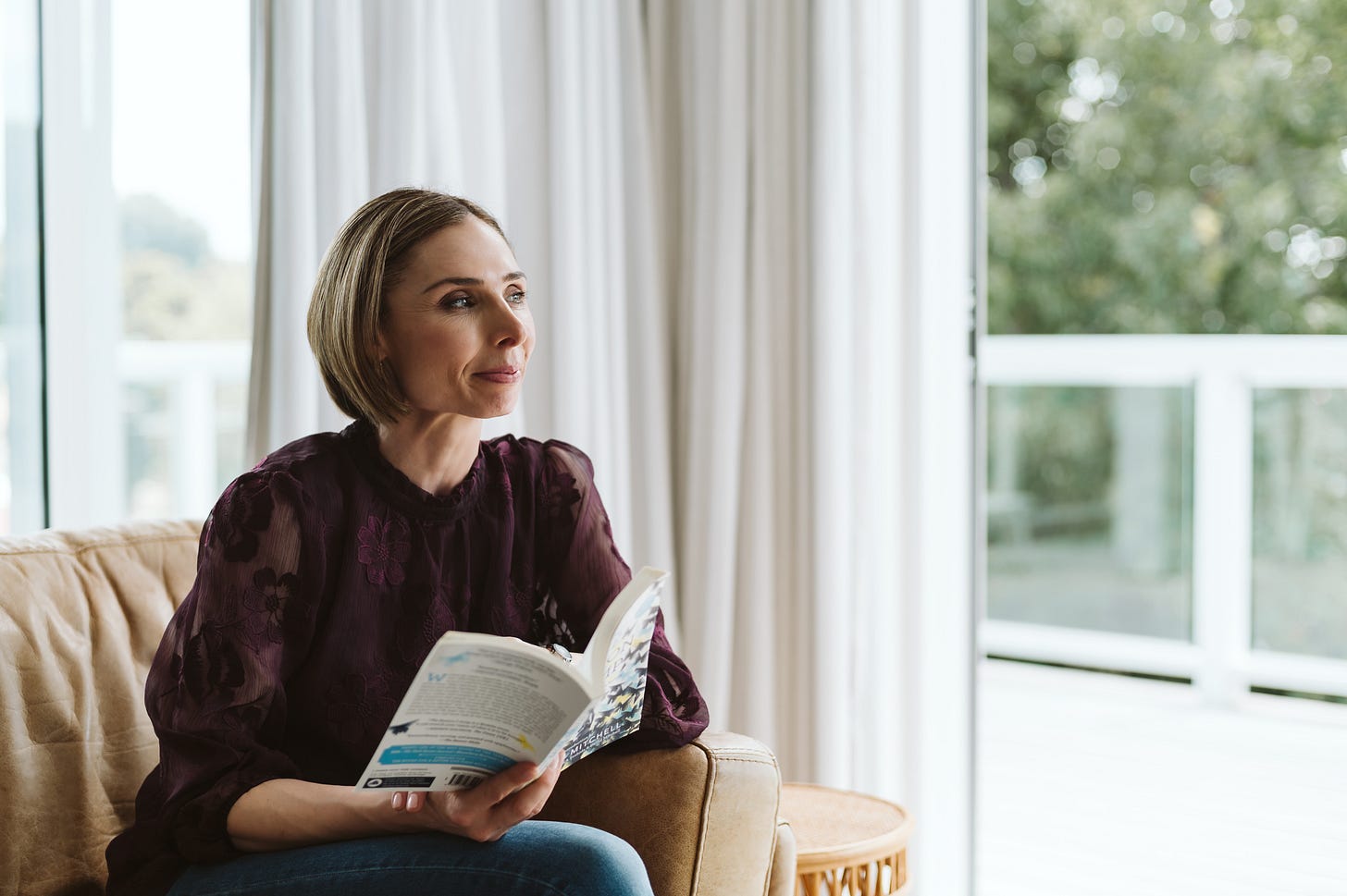Everyone wanted to help. But good intentions alone couldn’t cut through red tape, stretch resources, or identify and address key skills shortfalls.
People genuinely wanted to support my son with his unique needs, but systemic barriers often stood in the way.
Bureaucracy prioritised procedure over people, and resource limitations left many overburdened. Despite a high level of commitment, some of those supporting Max lacked access to adequate training, meaning that they were underprepared to meet the breadth of his developmental needs.
And though everyone wished the best for Max, my background in health sometimes led others to assume I had it all under control, which further complicated the situation.
I understood the reasons behind these challenges. But no amount of understanding changed the fact that Max and I - like so many others - needed help.
Max's list of challenges was long and constantly evolving. At times, everything felt urgent - and deeply intertwined. It was hard to let anything slide. The sheer volume of tasks was overwhelming, and it simply wasn't possible to handle it all myself.
We needed external support to fill the gaps in my knowledge and capabilities, ensuring we could take a flexible, comprehensive approach to his care.
But solutions didn't emerge on their own; they required effort, expertise, and the willingness to take action. While many barriers, like scarce resources or limited time, were beyond my control, there were areas where I could step in and make a difference.
Sometimes, inaction stemmed from a fear of doing the wrong thing. But more often, it came down to something simpler: people didn't know how to support Max with particular challenges.
Without clear direction, nothing happened.
I soon realised that an effective way to move things forward was to make the next steps visible. Practical tools often made all the difference.
Clarity isn’t just helpful, it’s catalytic. A gently modelled behaviour, a well-timed list, a single page of strategies, or one explanatory sentence can flip uncertainty into confidence, and passivity into action.
It became about helping others to help us.
For example, I created a 10-point list of basic strategies to support his learning. It included tips like encouraging Max to sit down, breaking tasks into smaller steps, and incorporating new information into a song.
I also shared updated sets of key phrases and behavioural techniques that were working well at home, to help teachers maintain consistency and reduce trial and error.
Each year, I put together a summary document that explained what autism looked like for Max, always starting with his strengths.
And I was direct about when to reach out for help. This one was easy: early!
From my experience, these resources were universally welcomed and put into action. And they worked - people just needed something concrete to work with.
A version of this approach could be an interim solution to the long-standing issue of underinvestment in training and resources.
But for parents to give their best, they first need more support themselves.
Our health and education systems must do more to empower parents to lead their child’s care. As primary advocates for our children, parents need the right tools and guidance to navigate the complexities of caregiving.
Imagine having a kind of GPS - a trusted guide to help make informed decisions and coordinate care effectively. This type of support could revolutionise home-based care, enabling parents not only to transform their children’s lives, but to help reshape the future of caregiving for families everywhere.
I often think about how many answers we’re already holding - patiently built through daily experimentation, shaped by necessity, and optimised through perseverance.
But without support, those answers stay small. They stay local. They don’t get the chance to expand and create impact.
These aren't just coping mechanisms - they're blueprints. And when shared, they can influence professional practice just as much as any policy or textbook.
This is the opportunity in front of us. And here’s the good news: we can act on it.
Imagine if systems valued families not just as recipients of care, but as active partners - bringing insight, creativity, and tested solutions to the table. What if their input was seen as a vital part of the system itself?
If we want better outcomes for children like Max, then we need to start treating parent-led problem-solving as an untapped resource - one hiding in plain sight.
The truth is, many solutions aren’t buried. They’re already here: scribbled in notebooks, pinned to fridges, saved on phones, shared in staff rooms, and stuffed into schoolbags.
We can make tremendous progress when we simply listen, share, and build together.
And the more we do, the fewer families will be left carrying it all alone.


